Sometimes, I suspect the mail carriers in this area really dislike me. I’m constantly getting big packages. Today, I really surpassed myself with three separate deliveries! One, a book called When Art Became Fashion: Kosode in Edo-Period Japan, arrived in the regular post and I will be writing a review of it when I have time to read it properly. First impressions are very positive though.
The other packages were larger, and more unwieldy, and the mail carrier was kind enough to leave them with my neighbours since I was at the cardiologist. Getting home was like having an unexpected birthday, or Christmas come early! So much pretty stuff! Since there are so many things included here, I have used smaller-than-usual photographs. Please click on them to view big versions, they will open in a new window.
Black zori with red chirimen accents

One of the few things I actually truly needed was another pair of casual, comfortable zori. Nearly all the footwear I owned prior to this was very dressy, all in shiny metallic vinyl or silk brocade. These fit nicely and I absolutely love the colour combo and the little chirimen silk insert in the stacked heel. They were a total bargain at $10!
Grey purse with kiku and black trim

This purse, and the one below it, were being sold by one of the sellers I regularly buy kimono from. They’re modern, and made of heavy denim-like cotton, but the designs are definitely kimono-inspired. This one in particular I can definitely see using every day. I love the contrast of the soft, girly fabric and the hard leatherette and metal details.
Red purse with ume and cream trim

This purse was bought at the same time as the previous one. It’s much bigger than I anticipated (I suspect the measurements listed were off), but definitely no complaints there! It’s fun and bright and while I don’t anticipate using it every day, it will definitely be a way to add a splash of colour and personality to a quiet outfit, either kimono or western clothing.
Now comes the find of the month, a bundle of five vintage obi for a total of twelve dollars (plus S&H). They were listed as “scrap fabric,” but as you’ll see four of them are completely wearable as-is, and the fifth one I am going to attempt to salvage and turn into a two-part easy obi.
Vintage cream nagoya obi with fans, thread spindles, and flowers


This is the main reason I bid on the bundle in the first place. I am just head over heels in love with this obi. The colours and style of yuzen make me suspect it’s late Taisho or early Showa, and even if it’s not it still evokes the feel nicely. I plan to wear it with my indigo Taisho houmongi sometime soon.
Mustard obi with flowers


I openly admit I am not very fond of the base colour of this obi, it’s a sort of a strange gold/mustard, but the woven flowers are very pretty and versatile, so I’m sure I will find a good use for it.
Cream obi with orange and silver waves


I’ve wanted something with a smooth wave motif for a while now, and this more than satisfies my urge. It’s vibrant and graphic and I like it very much.
White obi with red and gold flowers


The auction photos really didn’t do this one justice. It looked like a cute but relatively boring obi with some gold weaving and round dots. In person, both the gold and the red have such a rich silky shimmer to them that they look like rubies set in gold filigree.
Blue obi with herons


This was dubbed the Narwhal Bird Obi by my friend Kansai_Gal and I can totally see why XD. Unfortunately, it’s also the obi that is severely damaged – the silk is shredded to ribbons right above the folded area where the main heron is. Hopefully, I will be able to carefully cut it and sew it into a two-part obi. I will record my attempts and write an entry about that sometime in the near future. If worse comes to worst, I will simply turn it into haneri and possibly an obiage. The fabric will get used, one way or another.

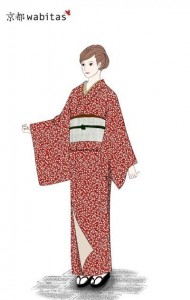
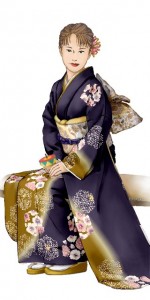
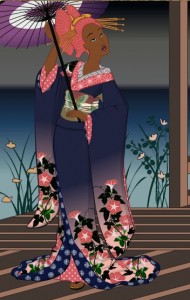
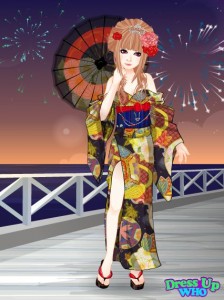
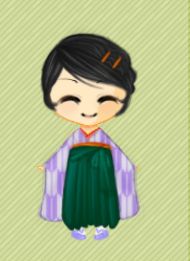
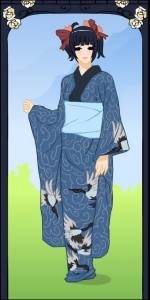

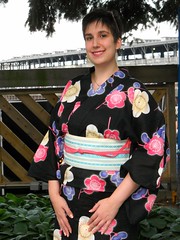


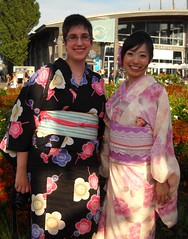






















 Bebe Taian
Bebe Taian CHOKO Blog
CHOKO Blog Gion Kobu
Gion Kobu